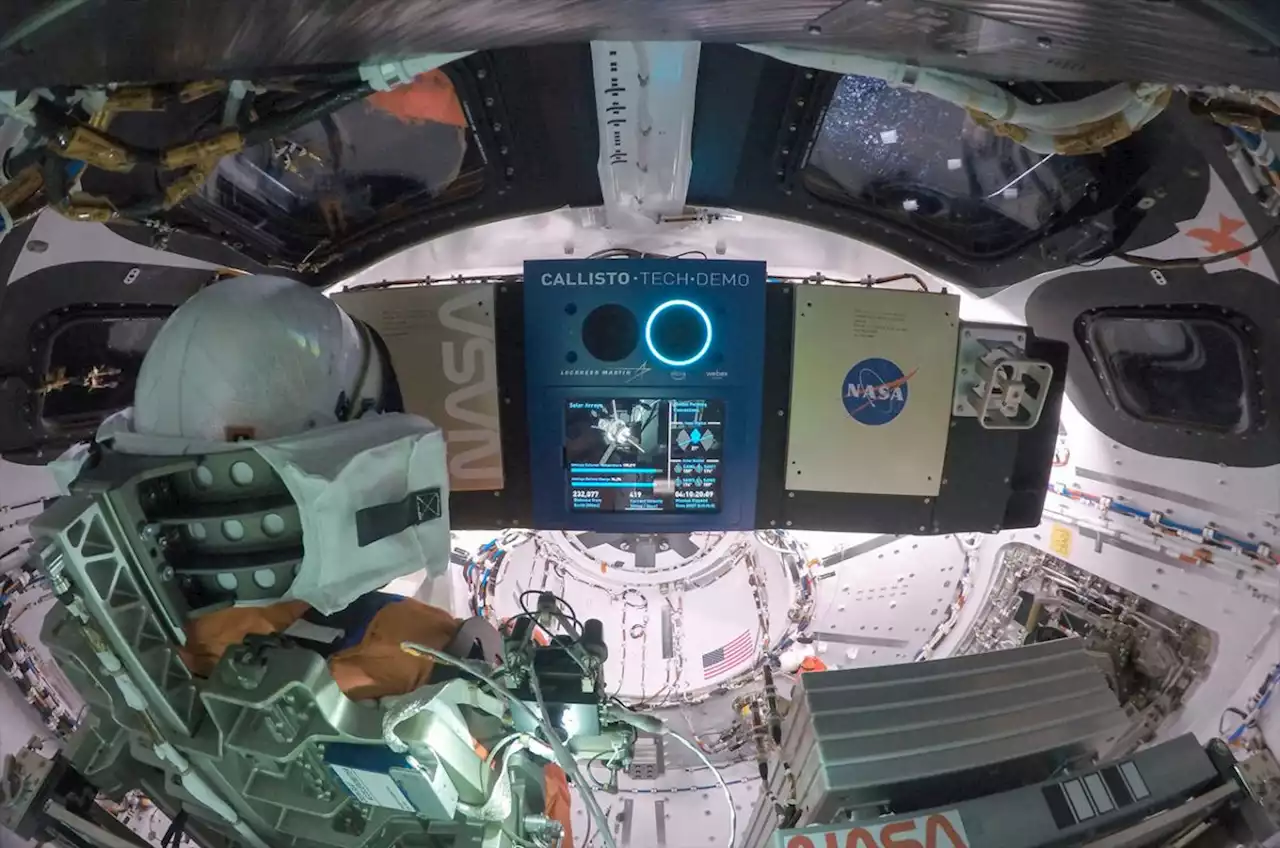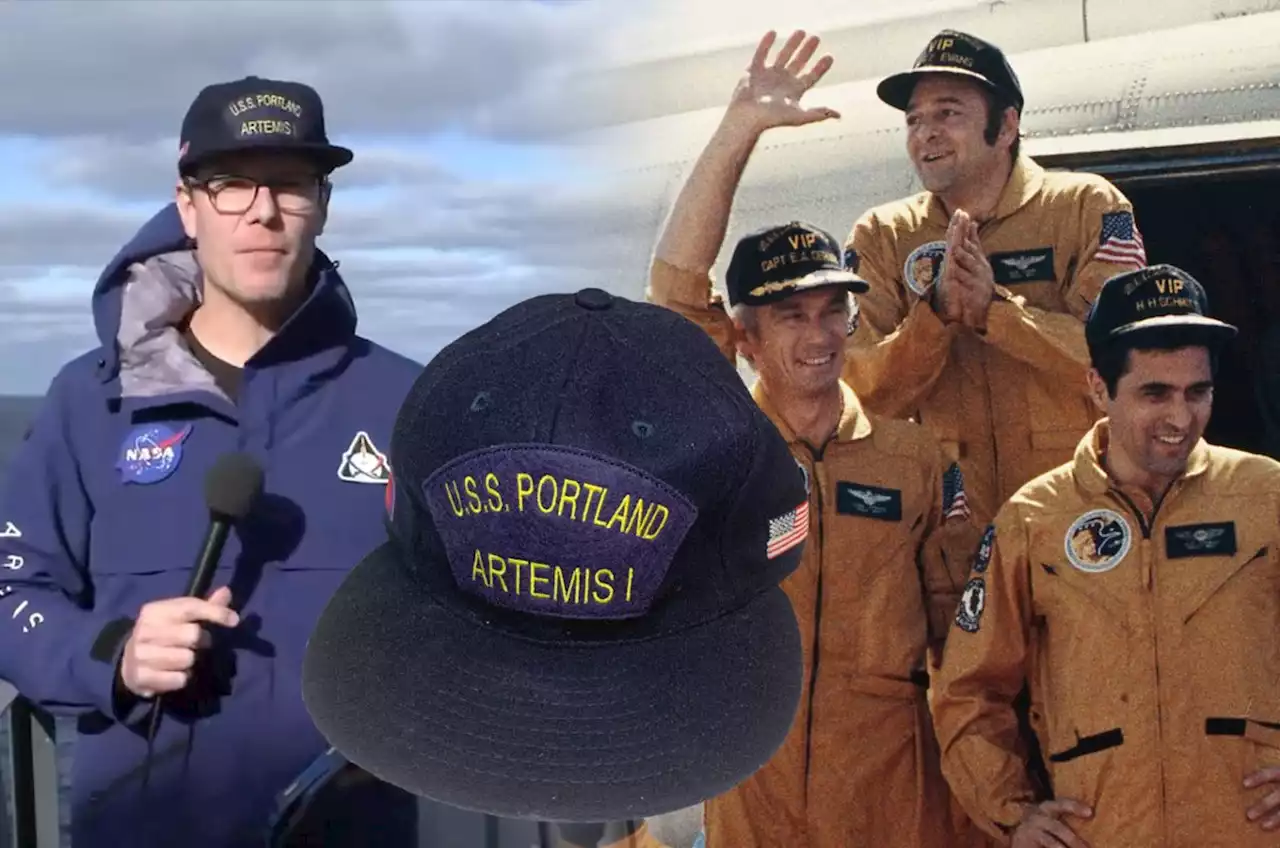Robert Pearlman is a space historian, journalist and the founder and editor of collectSPACE.com, an online publication and community devoted to space history with a particular focus on how and where space exploration intersects with pop culture. Pearlman is also a contributing writer for Space.com and co-author of 'Space Stations: The Art, Science, and Reality of Working in Space” published by Smithsonian Books in 2018. He previously developed online content for the National Space Society and Apollo 11 moonwalker Buzz Aldrin, helped establish the space tourism company Space Adventures and currently serves on the History Committee of the American Astronautical Society, the advisory committee for The Mars Generation and leadership board of For All Moonkind. In 2009, he was inducted into the U.S. Space Camp Hall of Fame in Huntsville, Alabama. In 2021, he was honored by the American Astronautical Society with the Ordway Award for Sustained Excellence in Spaceflight History.
The tradition of Navy ships having their own hats dates back well before the space program to the 19th century, but it was not until World War II that aviators first took to wearing caps with bills to block out the sun. The hats grew in popularity among the ranks, but they were not approved as part of a sailor's official uniform until the mid-1960s, just asThe hats then became a great way to celebrate the ship's role in the high-profile recoveries.
The style of cap differed per ship and mission, but they each featured the ship's name and either the mission or individual astronaut's or recipient's name. The astronauts generallytransporting them from their spacecraft to the deck of the recovery ship. Other hats were distributed to NASA personnel and were available to members of the ship's crew.
Oxcart Assembly worked with Golf Wang and Ebbets Field Flannels to create a ballcap for the agency's Artemis I recovery coverage taking inspiration from the U.S. Navy hats that were presented to and worn by the Apollo astronauts 50 years ago. U.S. Navy ship ballcaps are still made today, but when NASA transitioned from capsules that splashed down to wingedthat land on runways, the Navy's connection with the U.S. space program came to an end. Towards the end of the 30-year shuttle program, some mission commanders who were also naval aviators took it upon themselves to order Apollo-style recovery ship hats to wear on their shuttle missions.caps were produced exclusively for NASA's TV crew on the recovery ship.
"It still gets people talking and excited about the mission," said Jetton."And that's really the goal, more so than merchandising or anything else."
United States Latest News, United States Headlines
Similar News:You can also read news stories similar to this one that we have collected from other news sources.
 Orion's 'Easter eggs' revealed: NASA flew secret messages to the moon on Artemis 1Robert Pearlman is a space historian, journalist and the founder and editor of collectSPACE.com, an online publication and community devoted to space history with a particular focus on how and where space exploration intersects with pop culture. Pearlman is also a contributing writer for Space.com and co-author of 'Space Stations: The Art, Science, and Reality of Working in Space” published by Smithsonian Books in 2018. He previously developed online content for the National Space Society and Apollo 11 moonwalker Buzz Aldrin, helped establish the space tourism company Space Adventures and currently serves on the History Committee of the American Astronautical Society, the advisory committee for The Mars Generation and leadership board of For All Moonkind. In 2009, he was inducted into the U.S. Space Camp Hall of Fame in Huntsville, Alabama. In 2021, he was honored by the American Astronautical Society with the Ordway Award for Sustained Excellence in Spaceflight History.
Orion's 'Easter eggs' revealed: NASA flew secret messages to the moon on Artemis 1Robert Pearlman is a space historian, journalist and the founder and editor of collectSPACE.com, an online publication and community devoted to space history with a particular focus on how and where space exploration intersects with pop culture. Pearlman is also a contributing writer for Space.com and co-author of 'Space Stations: The Art, Science, and Reality of Working in Space” published by Smithsonian Books in 2018. He previously developed online content for the National Space Society and Apollo 11 moonwalker Buzz Aldrin, helped establish the space tourism company Space Adventures and currently serves on the History Committee of the American Astronautical Society, the advisory committee for The Mars Generation and leadership board of For All Moonkind. In 2009, he was inducted into the U.S. Space Camp Hall of Fame in Huntsville, Alabama. In 2021, he was honored by the American Astronautical Society with the Ordway Award for Sustained Excellence in Spaceflight History.
Read more »
 Looking back from beyond the moon: How views from space have changed the way we see EarthDr. Alice Gorman is an internationally recognized leader in the field of space archaeology. She is an Associate Professor in the College of Humanities, Arts and Social Sciences at Flinders University, where she teaches the Archaeology of Modern Society.\nHer research focuses on the archaeology and heritage of space exploration, including space junk, planetary landing sites, off-earth mining, rocket launch pads and antennas.\nShe is a member of the American Institute of Aeronautics and Astronautics, the Advisory Council of the Space Industry Association of Australia and the Australian Institute of Aboriginal and Torres Strait Islander Studies.\nHer book 'Dr. Space Junk vs the Universe: Archaeology and the Future' (2019) won the Mark and Evette Moran NIB People's Choice Award for Non-Fiction and the John Mulvaney Book Prize, awarded by the Australian Archaeological Association. It was also shortlisted for the Queensland Premier's Literary Awards, the NSW Premier's Literary Awards, and the Adelaide Festival Literary Awards.\nAlice tweets as drspacejunk and blogs at Space Age Archaeology.
Looking back from beyond the moon: How views from space have changed the way we see EarthDr. Alice Gorman is an internationally recognized leader in the field of space archaeology. She is an Associate Professor in the College of Humanities, Arts and Social Sciences at Flinders University, where she teaches the Archaeology of Modern Society.\nHer research focuses on the archaeology and heritage of space exploration, including space junk, planetary landing sites, off-earth mining, rocket launch pads and antennas.\nShe is a member of the American Institute of Aeronautics and Astronautics, the Advisory Council of the Space Industry Association of Australia and the Australian Institute of Aboriginal and Torres Strait Islander Studies.\nHer book 'Dr. Space Junk vs the Universe: Archaeology and the Future' (2019) won the Mark and Evette Moran NIB People's Choice Award for Non-Fiction and the John Mulvaney Book Prize, awarded by the Australian Archaeological Association. It was also shortlisted for the Queensland Premier's Literary Awards, the NSW Premier's Literary Awards, and the Adelaide Festival Literary Awards.\nAlice tweets as drspacejunk and blogs at Space Age Archaeology.
Read more »
 NASA green-lights asteroid-hunting space telescope for 2028 launchAndrew is a freelance space journalist with a focus on reporting on China's rapidly growing space sector. He began writing for Space.com in 2019 and writes for SpaceNews, IEEE Spectrum, National Geographic, Sky & Telescope, New Scientist and others. Andrew first caught the space bug when, as a youngster, he saw Voyager images of other worlds in our solar system for the first time. Away from space, Andrew enjoys trail running in the forests of Finland. You can follow him on Twitter AJ_FI.
NASA green-lights asteroid-hunting space telescope for 2028 launchAndrew is a freelance space journalist with a focus on reporting on China's rapidly growing space sector. He began writing for Space.com in 2019 and writes for SpaceNews, IEEE Spectrum, National Geographic, Sky & Telescope, New Scientist and others. Andrew first caught the space bug when, as a youngster, he saw Voyager images of other worlds in our solar system for the first time. Away from space, Andrew enjoys trail running in the forests of Finland. You can follow him on Twitter AJ_FI.
Read more »
 Behold! This is the last view of Earth from space from NASA's Artemis 1 Orion (video)Elizabeth Howell, Ph.D., is a staff writer in the spaceflight channel since 2022. She was contributing writer for Space.com for 10 years before that, since 2012. Elizabeth's reporting includes an exclusive with Office of the Vice-President of the United States, speaking several times with the International Space Station, witnessing five human spaceflight launches on two continents, working inside a spacesuit, and participating in a simulated Mars mission. Her latest book, 'Why Am I Taller?', is co-written with astronaut Dave Williams. Elizabeth holds a Ph.D. and M.Sc. in Space Studies from the University of North Dakota, a Bachelor of Journalism from Canada's Carleton University and (soon) a Bachelor of History from Athabasca University. Elizabeth is also a post-secondary instructor in communications and science since 2015. Elizabeth first got interested in space after watching the movie Apollo 13 in 1996, and still wants to be an astronaut someday. Mastodon: https://qoto.org/howellspace
Behold! This is the last view of Earth from space from NASA's Artemis 1 Orion (video)Elizabeth Howell, Ph.D., is a staff writer in the spaceflight channel since 2022. She was contributing writer for Space.com for 10 years before that, since 2012. Elizabeth's reporting includes an exclusive with Office of the Vice-President of the United States, speaking several times with the International Space Station, witnessing five human spaceflight launches on two continents, working inside a spacesuit, and participating in a simulated Mars mission. Her latest book, 'Why Am I Taller?', is co-written with astronaut Dave Williams. Elizabeth holds a Ph.D. and M.Sc. in Space Studies from the University of North Dakota, a Bachelor of Journalism from Canada's Carleton University and (soon) a Bachelor of History from Athabasca University. Elizabeth is also a post-secondary instructor in communications and science since 2015. Elizabeth first got interested in space after watching the movie Apollo 13 in 1996, and still wants to be an astronaut someday. Mastodon: https://qoto.org/howellspace
Read more »
